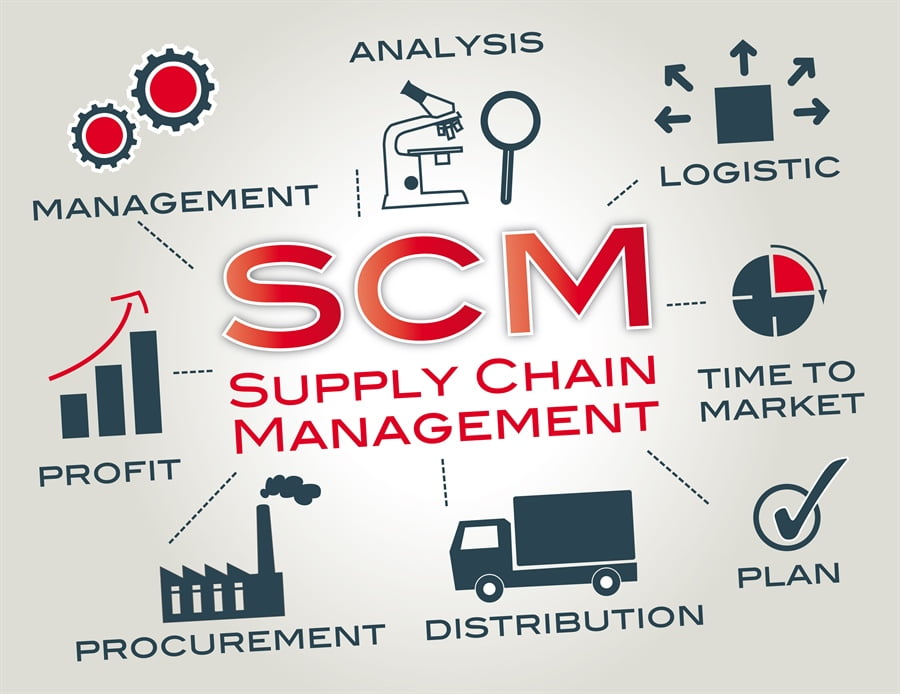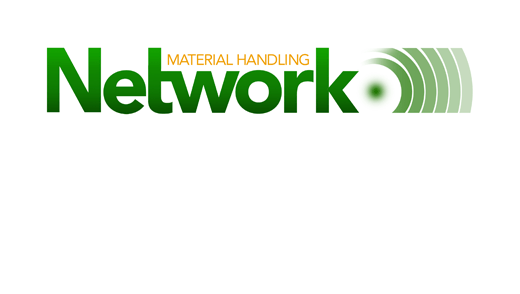Published April 1, 2015
April, 2015
The most logical place to start with most continuous improvement initiatives is to find out where you currently stand. You need to know how you are performing and what processes and practices are working and which are not. Supply Chain initiatives are no different. Benchmarking and best practices provide answers to the key questions that form the foundation of a sound supply chain strategy:
- Economic Impact – How do I compare to my peers? Where can I improve?
- Costs – Are my supply chain costs competitive?
- Operations – How do my operating characteristics compare to my peers (e.g. freight terms, modes, contract relationships, etc.)? What operating characteristics are found most often in the best performing supply chains?
- Performance Measurement – How do my peers measure their supply chain performance? Where do they stand in developing a measurement process? What are their goals? Where do they stand in achieving those goals?
- Organization – How does my organization’s structure compare to my peers? Are some organizations’ supply chain structure more effective than others? Where is control for the key functions vested?
- Collaboration – How much real collaboration is there today with suppliers and logistics service providers? What is being done on performance scorecards, incentive programs and innovative contractual relationships?
- Outsourcing – Where and why do my peers use outsourcing? Does outsourcing result in lower overall costs and better services?
- Technology – What technologies are my peers using in their supply chain operations? What is working and what is not? Is there a correlation between the use of technology and supply chain effectiveness? What are the near term priorities in technology?
- Value – How do my peers demonstrate the contribution their operation is making towards the overall corporate goals?
- Security – What are my peers doing on security? Is there something I should be doing that I am not?
- Supply Chain Network – How does the design of my inbound supply chain network compare to my peers? Is my network, more or less efficient or more or less reliable?
While companies have tried to answer critical questions such as these in the past using benchmarking and surveys, they were not always successful because of flaws in their approach. They had limited participation from companies that were competitors or true peers. The questions were limited to the ones that the sponsor of the benchmarking survey felt were important. The results left something to be desired. Because the scope and level of detail on early benchmarking efforts was lacking, few meaningful conclusions were obtained. The net result was benchmarking was viewed as an interesting exercise but not a true part of identifying opportunities for supply chain improvement.
In order to be successful benchmarking must do several things:
- Allow you to measure your performance against best-in-class companies and focus on improvement opportunities. You must be capable of filtering the information into categories you like to understand and compare against.
- Help you understand how your operating practices compare to your competition and impact your ability to gain a competitive advantage.
- Broaden the thinking of your management team to include issues beyond their immediate responsibilities.
- Provide breakthrough insights by looking at all performance measures, processes, roles and responsibilities, vendor and customer relations and infrastructure.
- Defined scorecards with key performance indicators across the supply chain.
- Helps to prioritize improvement opportunities and build consensus behind opportunities with the greatest returns.
This process addresses many of the problems with previous benchmarking efforts by achieving relevant comparisons, with strong content driven by supply chain leaders, very specific levels of detail and participation by a large number of peers. While the current benchmarking processes are greatly improved from the past, benchmarking must still be put into context:
- Supply Chain benchmarks are one of the factors needed to develop a successful enterprise strategy. Consideration must be given to the full gamut of assessment tools to get the correct perspective on continuous improvement needs.
- One or a few supply chain benchmarks are rarely, by themselves, good indicators of overall performance.
- Individual supply chain benchmarks are often the result of cost and service level trade-offs that may not be immediately apparent.
- Gaps between current performance and best practices may point to significant opportunities. However they need to be viewed in light of the overall enterprise mission, priorities and resources.
Concluding that great changes have taken place in how benchmarking is done and the effectiveness of benchmarking for determining opportunities for supply chain improvement. Benchmarking is a critical tool to be used to understand the current state and gaps that exist in a supply chain. Care must be exercised to ensure that all factors are taken into consideration and that benchmarking is part of the continuous improvement process.



